As the world of industrial automation evolves, the importance of reliable, high-speed communication between devices becomes increasingly crucial. One protocol that has risen to prominence in meeting this need is Profinet. But what is Profinet, and why is it integral to the future of automation? Let’s delve into it and learn more.
What is Profinet?
Profinet stands for ‘Process Field Net’. Profinet is an industrial Ethernet standard that was developed by the Profibus & Profinet International (PI) organization. It combines the robustness and reliability of traditional fieldbus systems, like Profibus, with the speed and flexibility of Ethernet.
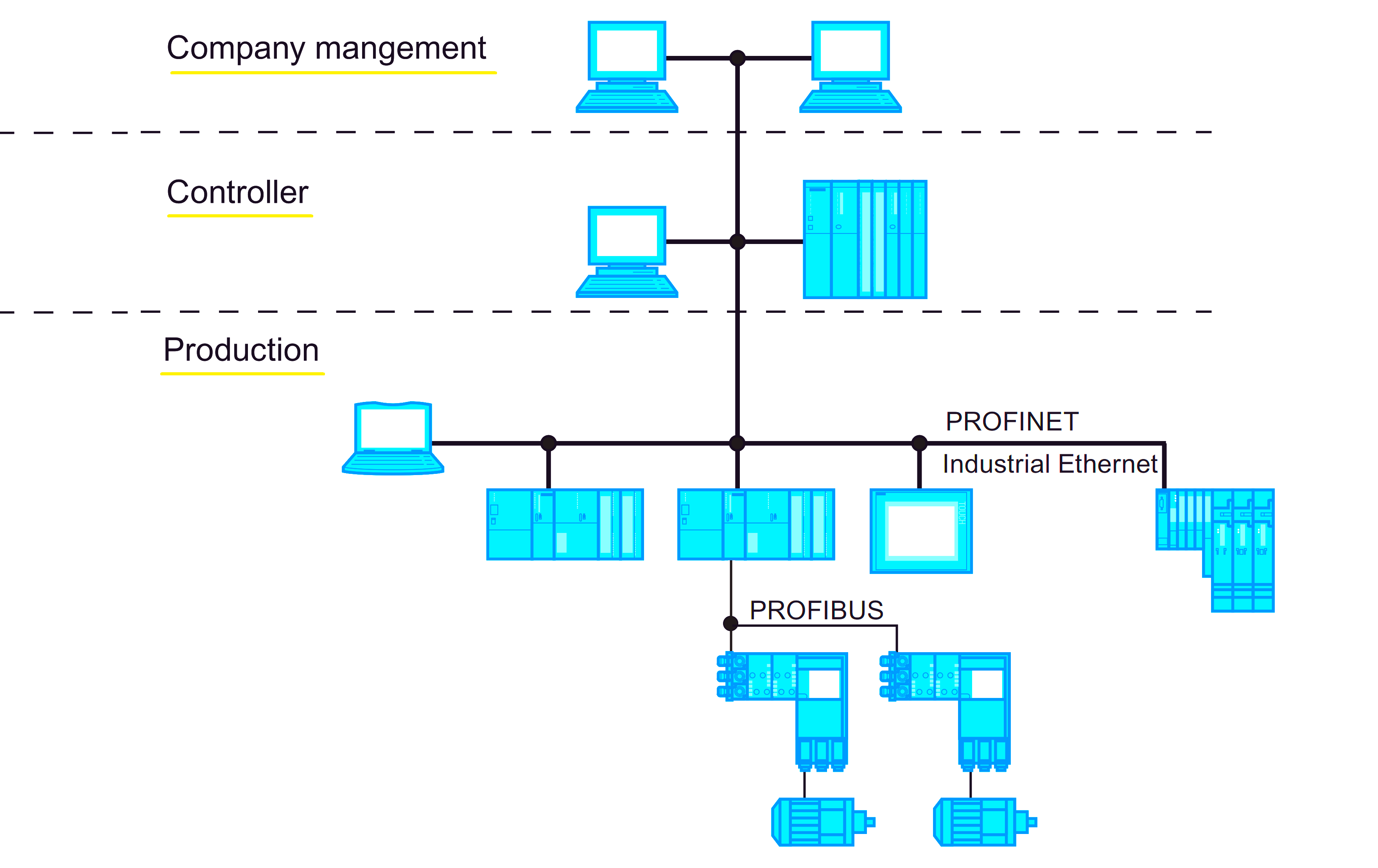
Understanding Industrial Ethernet
To appreciate the significance of Profinet, it’s important first to understand the concept of Industrial Ethernet. Industrial Ethernet is a version of the Ethernet protocol specifically designed for industrial applications. It’s intended to meet the stringent requirements of industrial environments, like real-time communication, ruggedness, and reliability.
While standard Ethernet is designed primarily for transmitting large amounts of data, Industrial Ethernet, specifically Profinet, is designed for both data and control information. This makes it ideally suited for automation applications, where data must be transmitted quickly and reliably to ensure smooth operation.
How Does Profinet Work?
Unlike Profibus, which uses a Master-Slave architecture, Profinet operates on a Provider-Consumer model. In this model, one device (the provider) makes data available, which other devices (the consumers) can then use.
Devices in a Profinet network can be both providers and consumers, allowing for more flexible and efficient communication. This architecture also allows for peer-to-peer communication, where devices can communicate directly with each other without needing to go through a central controller.
Key Features of Profinet
Profinet is distinguished by several key features:
- High Speed: Profinet can support data transfer rates of up to 100 Mbps, and even up to 1 Gbps and beyond in some versions, providing real-time communication.
- Real-time and Isochronous Real-time (IRT) Communication: Profinet supports real-time (RT) communication for time-critical applications, as well as isochronous real-time (IRT) communication for applications requiring precise synchronization, like motion control.
- Integration with IT Systems: Since Profinet is based on standard Ethernet, it can be seamlessly integrated with existing IT systems.
- Flexibility and Scalability: Profinet supports a variety of network topologies and can be easily scaled up as needed.
Profinet Communication – An Automated Car Manufacturing Assembly Line Example
Let’s use another industrial example. In this scenario, let’s consider an automated car manufacturing assembly line.
Setup
In this assembly line, we have a central control system (the Controller) consisting of a Programmable Logic Controller (PLC). We also have various robots, sensors, and conveyor systems (the Devices) spread throughout the assembly line. The PLC and the devices are all interconnected using Profinet, an industrial Ethernet standard.
Step 1: Controller Sends Data
The PLC, as the Controller, sends commands to various devices along the assembly line. For example, it might instruct a robot arm (a Device) to pick up a car door from a conveyor and install it onto a car body.
Step 2: Device Receives and Executes
The robot arm, upon receiving the instruction, picks up the door and attaches it to the car body. While doing so, the robot arm might also use sensors to precisely align the door with the car body, ensuring it’s installed correctly.
Step 3: Device Sends Data
Once the robot arm has finished its task, it sends data back to the PLC indicating that the door installation is complete. It might also provide additional data, such as the time it took to complete the task or any errors that might have occurred.
Step 4: Controller Processes Data and Continues
The PLC processes the data it receives and, based on this information, sends new commands to other devices on the assembly line. For example, it might instruct the conveyor system to move the car along to the next station, where another robot will install the car’s wheels.
Step 5: Real-Time Monitoring
Throughout this process, the PLC is continuously monitoring data from various sensors across the assembly line. These sensors can provide a wealth of information, such as the temperature of the robots, the speed of the conveyor system, and the quality of the parts being installed. If a problem is detected – say, a robot arm is operating outside of its temperature range – the PLC can immediately send a command to pause the operation, preventing potential damage.
This continuous cycle of communication enables the PLC to effectively coordinate the assembly line’s various components, ensuring that each car is assembled correctly and efficiently. It’s like a well-conducted orchestra, where the PLC is the conductor and the robots and sensors are the musicians, all working together to create a perfectly assembled car.
Profinet Applications
Profinet is versatile and can be found in a wide range of industries. It’s commonly used in manufacturing for tasks like controlling robotics and other machinery. In the process industries, Profinet is used for transmitting process data and controlling signals over long distances. It’s also commonly used in infrastructure applications, like controlling traffic lights in transportation systems.
Profinet’s ability to handle both high-speed, real-time communication and large data volumes makes it suitable for a wide range of applications.
Characteristics of Profinet Communication
here are the key characteristics of Profinet communication:
- Ethernet-Based: Profinet uses standard Ethernet technology, which enables high-speed data transmission and seamless integration with existing IT systems.
- Provider-Consumer Model: Unlike the master-slave model used in Profibus, Profinet operates on a provider-consumer model. This model enables more flexible communication and allows for peer-to-peer communication between devices.
- High-Speed Communication: Profinet supports data transfer rates up to 100 Mbps, enabling real-time communication.
- Real-time and IRT Communication: Profinet supports both Real-Time (RT) and Isochronous Real-Time (IRT) communication. RT communication is used for typical automation tasks, while IRT communication is used for tasks requiring precise synchronization, like motion control.
- Flexible Network Topologies: Profinet supports a variety of network topologies including line, ring, star, and tree. This provides flexibility in designing the network to best meet the needs of the system.
- Scalability: Profinet networks can be easily expanded or modified by adding or removing devices without disrupting communication.
- Large Data Volume Handling: Profinet is capable of handling large volumes of data, which is essential for complex automation systems.
- Integration with IT Systems: Because Profinet is based on standard Ethernet, it can be easily integrated with existing IT systems, providing a unified solution for data and control communication.
- Safety Protocol Integration: Profinet supports the PROFIsafe protocol for safety-related communication.
Profinet Specifications
Here are the main specifications of Profinet:
- Type of Protocol: Industrial Ethernet protocol.
- Communication Model: Provider-Consumer and Peer-to-Peer.
- Transmission Speed: This can support speeds up to 100 Mbps, and in some cases even up to 1 Gbps and beyond.
- Network Topology: Supports line, star, tree, and ring topologies.
- Real-Time Communication: Supports real-time (RT) and isochronous real-time (IRT) communication for time-critical and motion control applications respectively.
- Cable Types: Utilizes standard Ethernet cables, such as Cat5e and Cat6.
- Maximum Devices: No practical limit to the number of devices that can be connected in a Profinet network.
- Safety Protocol: Integration with the PROFIsafe protocol for safety-related data transmission.
- Conformance Testing: Certified by the Profibus & Profinet International (PI) organization.
- Power Supply: Many Profinet devices are powered externally, but Power over Ethernet (PoE) is also possible for certain devices.
Profinet and Industrial Safety
Like Profibus, Profinet includes a safety protocol known as PROFIsafe. This protocol ensures the safe operation of devices in hazardous situations by transmitting safety-related data independently of standard communication.
Advantages of Profinet Communication
- High Speed: Profinet can support data transfer rates up to 100 Mbps, enabling real-time communication for automation systems.
- Real-time and IRT Communication: Profinet supports both real-time (RT) and isochronous real-time (IRT) communication, making it suitable for time-sensitive applications.
- Flexible Network Topologies: Profinet supports a range of network topologies including line, ring, star, and tree.
- Scalability: Profinet allows for easy addition or removal of devices, offering scalability based on the changing needs of the system.
- Integration with IT Systems: Because Profinet uses standard Ethernet technology, it can be easily integrated with existing IT systems.
- Safety Protocol Integration: Like Profibus, Profinet supports the PROFIsafe protocol for safety-related communication.
- Large Data Volume Handling: Profinet is capable of handling large volumes of data, which is essential for complex automation systems.
Disadvantages of Profinet Communication
- Higher Complexity: While Profinet offers many advanced features, this can also lead to increased complexity in setting up and maintaining the network.
- Cost: The hardware and network components for Profinet can be more expensive than those for traditional fieldbus systems.
- Specialized Knowledge Required: Due to its complexity, setting up and troubleshooting a Profinet network requires specialized knowledge and training.
- Real-Time Communication Limitations: Although Profinet supports real-time communication, there can still be latency issues due to the nature of Ethernet. It may not be suitable for extremely time-critical applications.
The Future of Profinet
With its high speed, real-time communication, and seamless integration with IT systems, Profinet is set to play a major role in the future of industrial automation. It’s particularly well-suited to the growing trend of Industry 4.0, where the lines between operational technology (OT) and IT are becoming increasingly blurred.
As we move towards a future of smart factories and the Internet of things (IoT), the ability of Profinet to handle both control and data communication will become increasingly important.
Conclusion
Understanding Profinet is an essential part of navigating the evolving world of industrial automation. With its speed, flexibility, and robustness, it’s no surprise that Profinet is becoming the go-to choice for many industrial applications. So whether you’re an automation engineer, a student, or just an interested reader, I hope you found this introduction to Profinet useful. Welcome to the exciting world of industrial communication!
If you liked this article, then please subscribe to our YouTube Channel for PLC and SCADA video tutorials.
You can also follow us on Facebook and Twitter to receive daily updates.
Read Next:
- All About Fieldbus Protocols
- Basics for CAN Bus Protocol
- Industrial Automation Protocols
- Fieldbus Transmitters Calibration
- AS-interface and DeviceNet Protocol
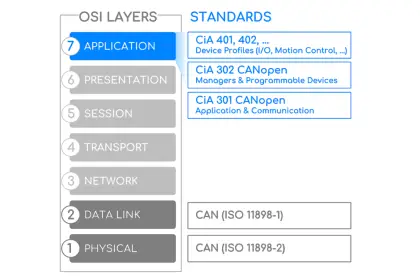
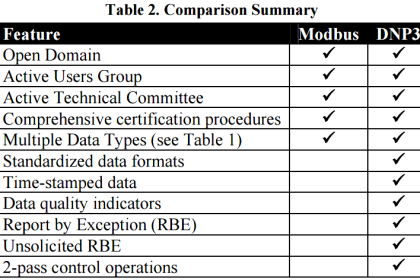

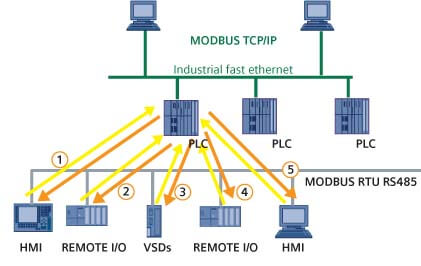


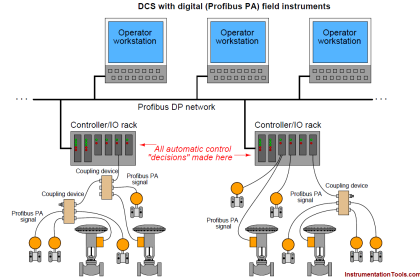
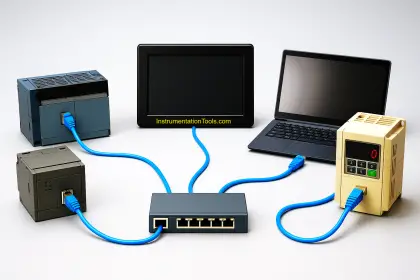
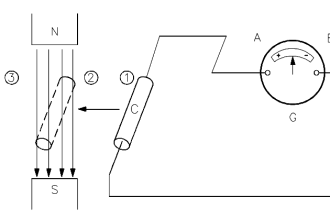

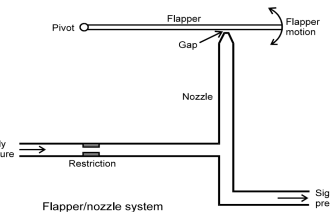


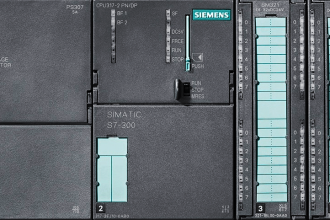
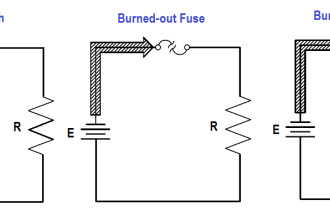


This is a good one